This two-part post is a slight departure, as there are no recipes, but it does involve Things Culinary. I thought you might like to read about it and see some pictures.
As I’ve mentioned before, I lived in Louisville for a few years. My time there was full of good food, great Bourbon, and some of the grandest people I’ve ever met. So when a couple of dear friends here in Chicago asked if we would be interested in traipsing a bit of the Kentucky Bourbon Trail with them, I leaped at the chance. A weekend in one of my favorite cities, filled with Bourbon, food, and friends? Yes, please.
The planned itinerary included two days touring three Bourbon houses, strategically chosen for their proximity to one another and driving distance from Louisville, as well as by virtue of their product quality… and the fact that they give free samples and are open on Sundays. You know, the important things.
Saturday morning started off bright and (reasonably) early with a stop at the Bardstown Road Farmers Market, just around the corner from my old apartment. If there’s one thing Louisvillians love, it’s keeping things local; and there’s hardly a better or more popular brunch than the omelet stand at this market. Sure, you can peruse the market, take home as much fresh produce as you can carry, and cook your own; but if you’re doing Louisville right, you’re in no shape to cook anything on a Saturday morning.
As long as I’ve known about this particular stand, the same guys have been braving the rigors of cooking omelet after omelet for a never-ending phalanx of hungry locals, through the stifling humidity of Louisville summers. Behind their open-flame burners, the wall of heat they face unflaggingly would make Lucifer himself blanch. I’ve no clue how they stand it; just waiting in the inevitably long line makes even me wilt.
When you get to the front of the line, they ask what you want, but I’ve never seen the point in special orders here. All the ingredients they use come from their own farm (right smack in the middle of the city) and from other local farmers, and they’re all delicious. Just tell them how many omelets you want; they’re experienced enough to make you something great.
The selection varies from week to week; this week’s omelets featured beets, summer squash, chopped herbs, Capriole goat cheese, Kenny’s cheddar cheese, smoked catfish, and the always delightful slice of Blue Dog bread hidden underneath. Eaten on the only available benches (aka parking bollards), it was an ideal antidote to the previous evening’s cocktails (to set the weekend theme, of course), and the fuel we needed to power through the long day ahead of driving and tasting.
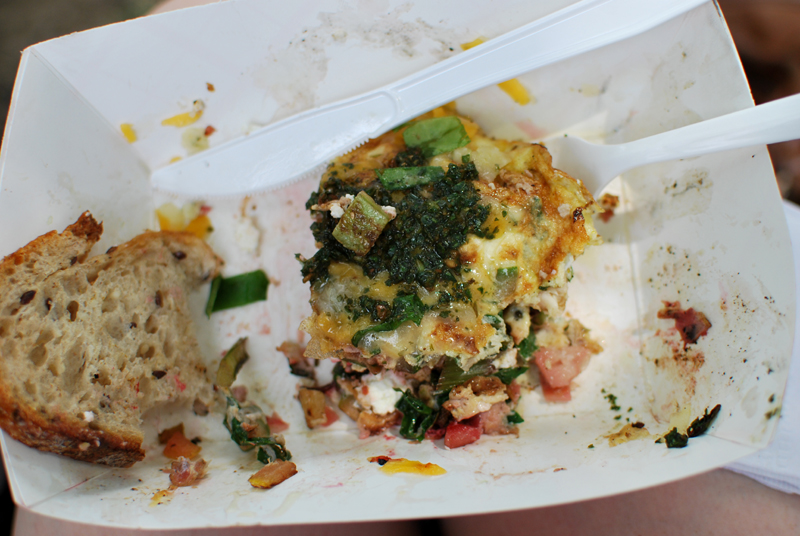
Our first stop was the Bourbon Heritage Center, run by Heaven Hill Distilleries. This isn’t an actual distillery tour, as they distill their liquor elsewhere, but rather a tour of the aging warehouses and a fairly thorough explanation of the Bourbon-making process.
The warehouses stand in a clearing surrounded by cornfields, and are truly monolithic things. They’re white and stark, except for where black mold creeps up the sides, living off the water that evaporates from the thousands of barrels inside. It’s a little ominous, but if a breeze hits just right, the air smells sweetly of fermenting corn.
You would actually have to be some kind of idiot to smoke around these buildings; the alcohol hangs heavier in the air than the humidity.
Inside the warehouses, there is a blend of old-style and new-style inventory tracking methods.
The bracing in the warehouses is crucial; with so many barrels (50,000 I think per warehouse, though my recollection could be off), if they remove too many from one side, the weight shift can make the entire thing collapse, as happened to one warehouse several years ago.
I love all the hand-painted signs.
Each barrel is numbered. Milestone barrels, such as this 3,000,000th barrel, get a special place in the warehouse. This one is so old, it is most likely less than half full, due to the “angel’s share” that evaporates out.
The main Bourbon brands at Heaven Hill, Elijah Craig and Evan Williams, aren’t my favorites, but it’s always nice to try different things.
Next on the agenda was a trip down the road (just make sure you pick the right road) to Maker’s Mark. This is our usual house Bourbon, so you won’t hear any complaints from me about the quality of the drink itself; but the tour felt a bit Disneyland to me. Apparently, they were recently bought by Jim Beam, which makes me a little sad.
The setting is bucolic as all get out, but things feel just a touch too polished. I do love the colors, though. There are cheesy little cut-outs of the Maker’s Mark bottle in each shutter.
Around the corner, though, there are bigger warehouses. I guess they put them around the back to not spoil the whole “pastoral country home” shtick they’re got going.
Turns out they really do manufacture things here; the pallets on the loading dock are a dead giveaway.
Inside the distilling area, it was about one million degrees. The area is full of things that are only slightly menacing.
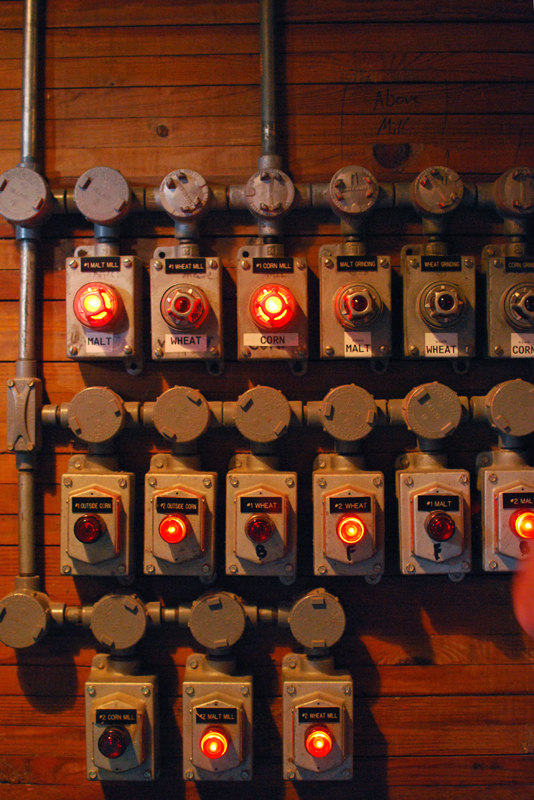

This is a mash tub, in which they cook the grain mixture that makes Bourbon, when fermented. The tanks are immense, and go through the floor into another story below.
Each one holds many, many gallons.
Six huge fermenting tanks are in the next room, and all are full with a thick and bubbling mixture of fermenting grains. The cypress wood is smooth with age and thousands of tourists’ hands.
Fermenting yeast makes a roiling foam along the edges. The tanks are totally open; you can lean over and look right in, even stick your finger in to taste the mash if you like. I wonder how many lost sunglasses they pull out of these tanks every year.
It still looks a little spooky sometimes.
In the aging warehouse, there are elevators; but only for moving barrels.
Maker’s Mark has an “Ambassadors” program, which allows you to fill out a form online and get your name on the end of a barrel. When the barrel is mature, you have the option to buy a bottle from your shared barrel. Thousands of visitors see these barrels every day, so you should find a more creative name than “HHHHHHHHH” or “FOXY-BLONDE”.
At the end of every tour, you are offered a sweet called a Bourbon Ball. The center is very sweet and slightly soft, and flavored with Bourbon. The mixture is dipped in chocolate, and usually topped with a pecan. Nearly every distillery offers them, made with their own particular Bourbon, of course. They’re never as good as homemade ones.
Stay tuned for Part 2, In Which Bourbon Is Tasted. Exciting!
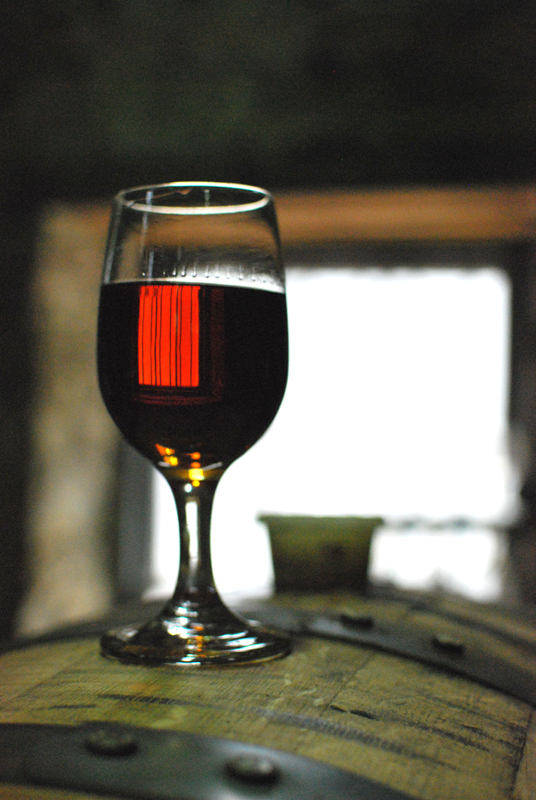
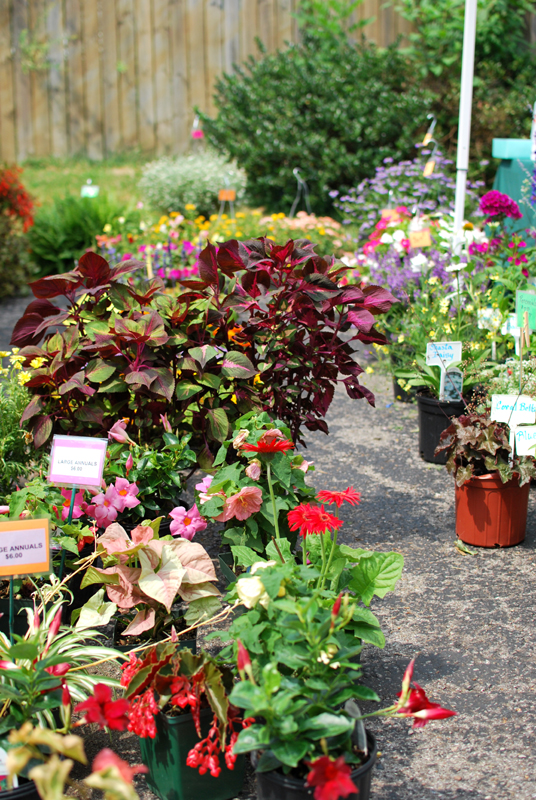
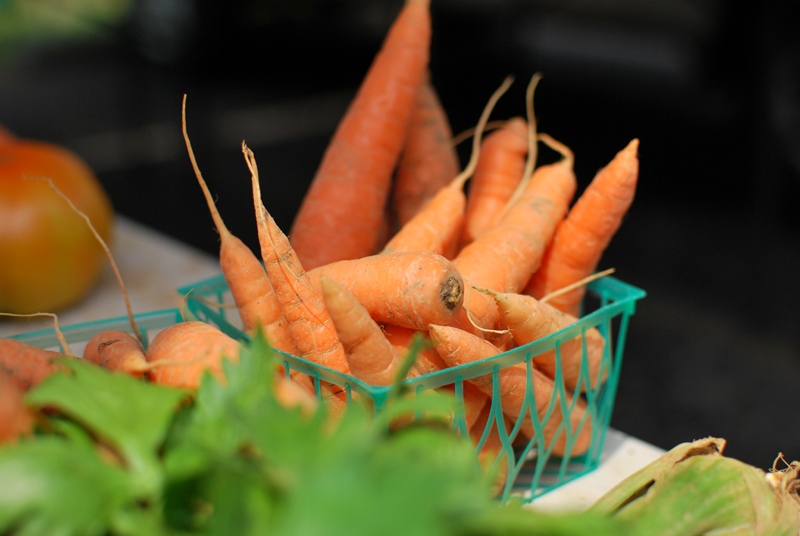
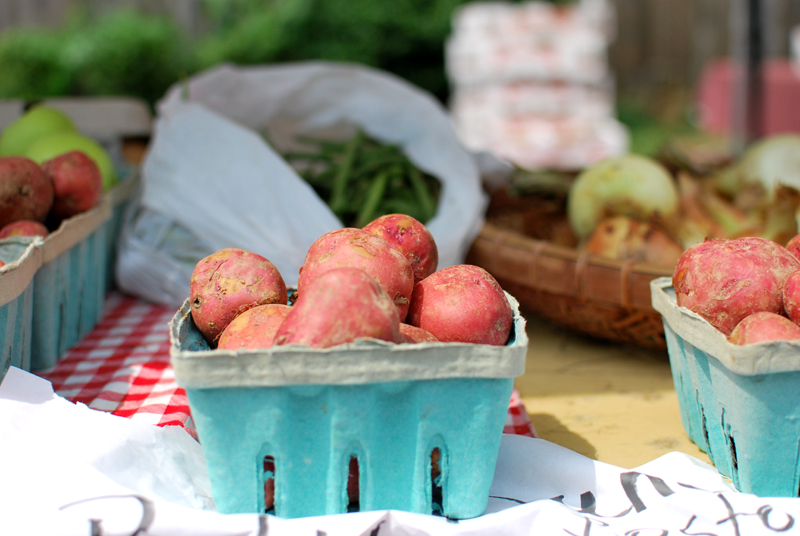
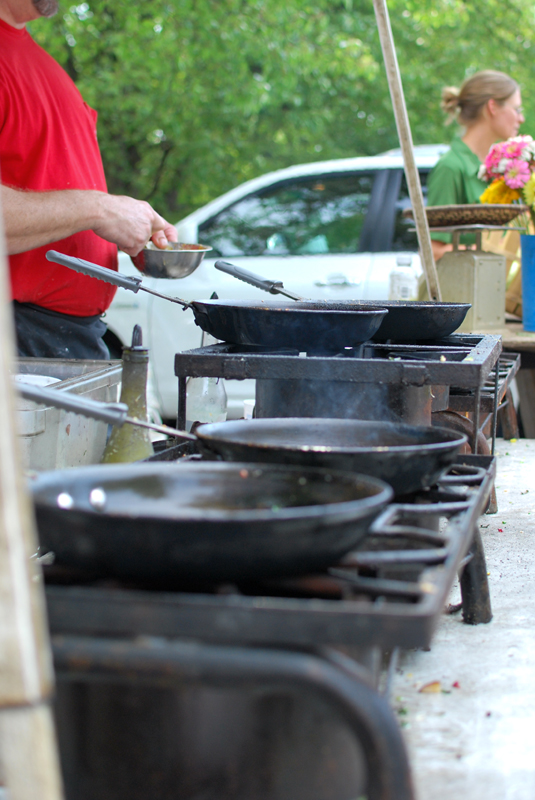




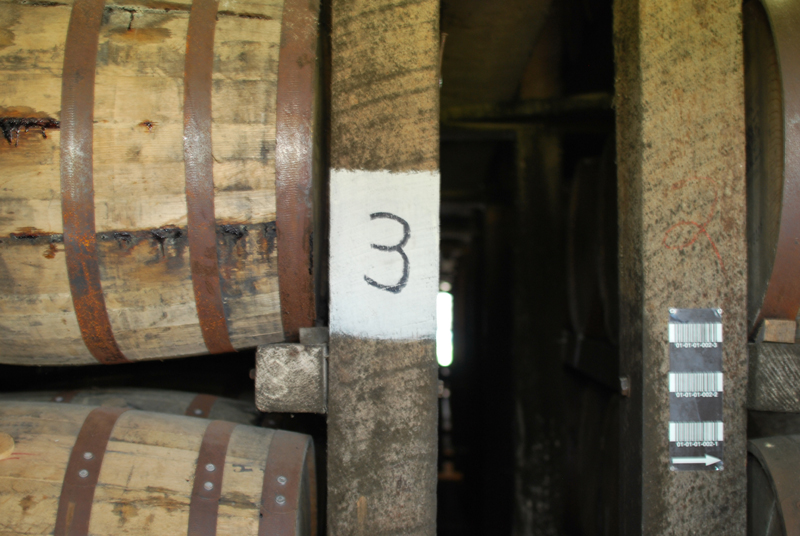
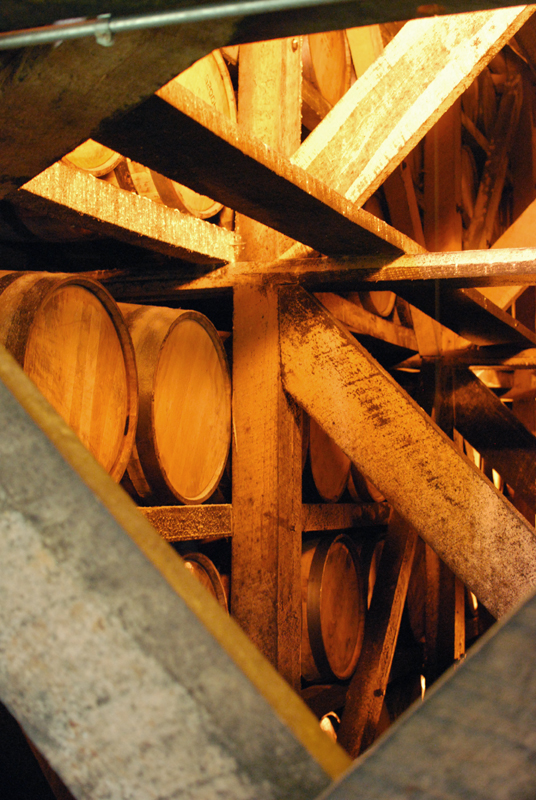
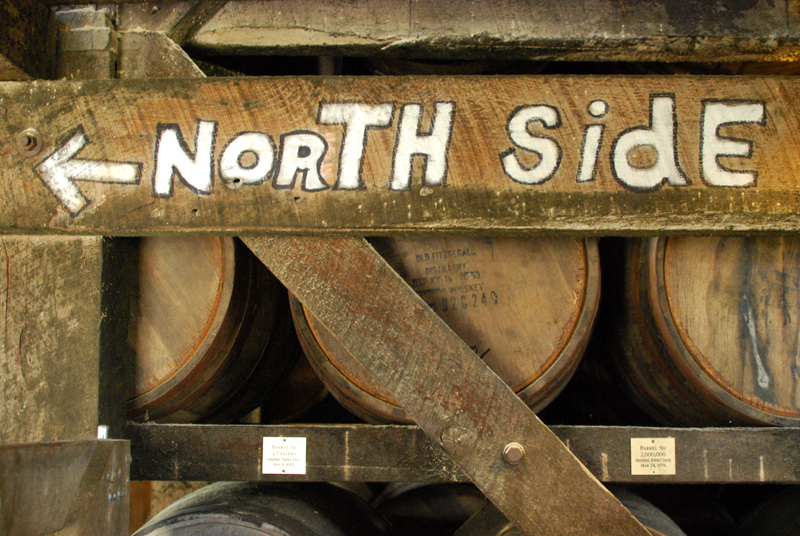

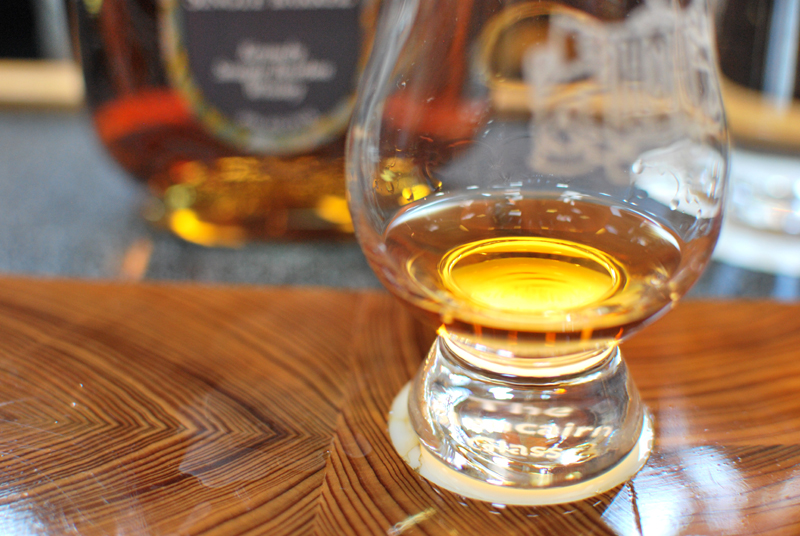
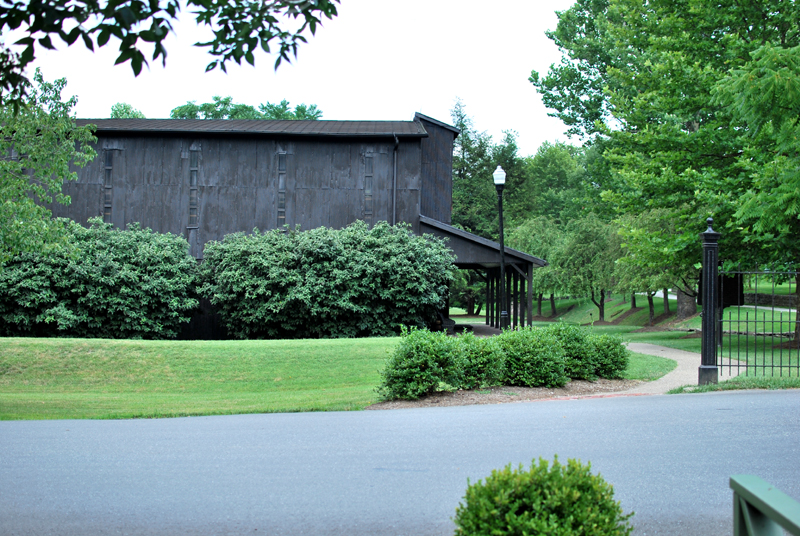


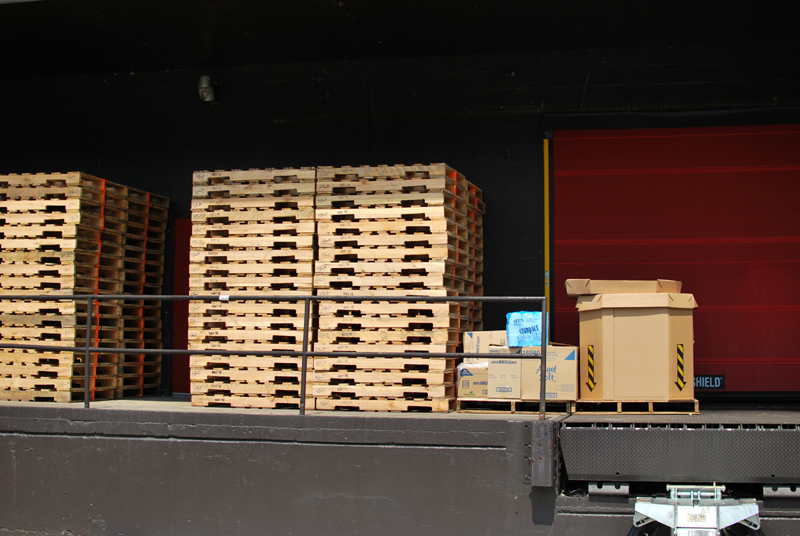
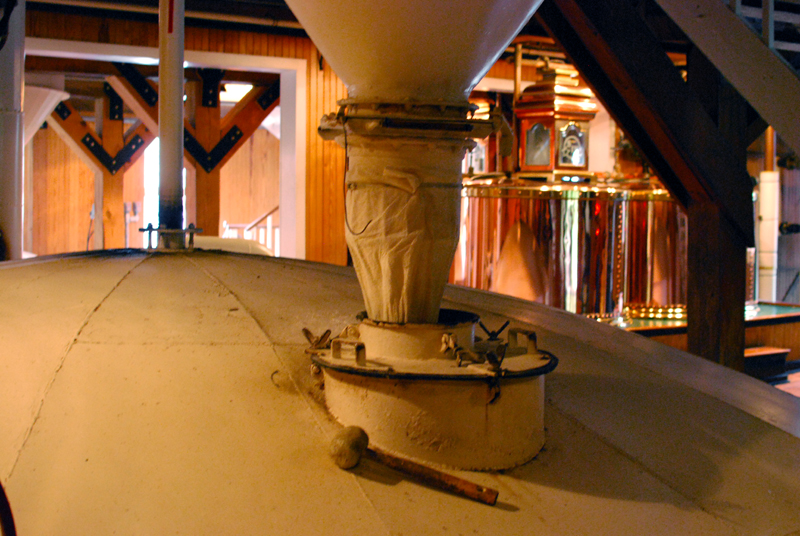
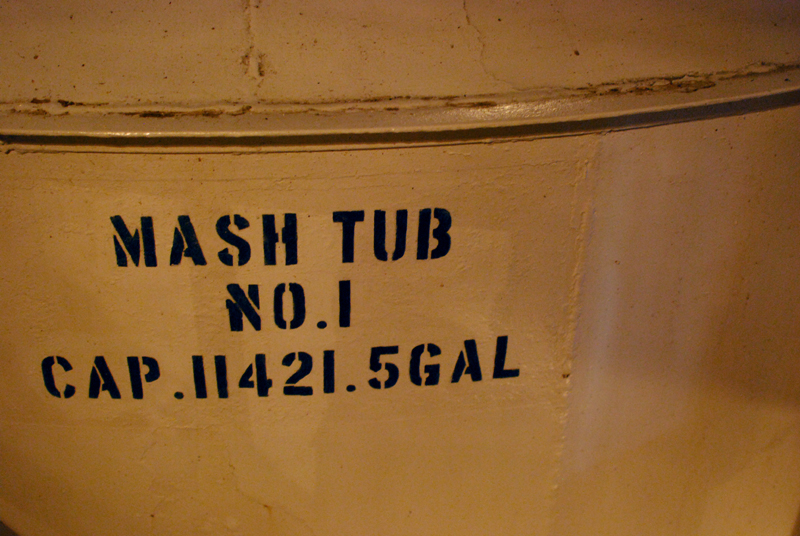
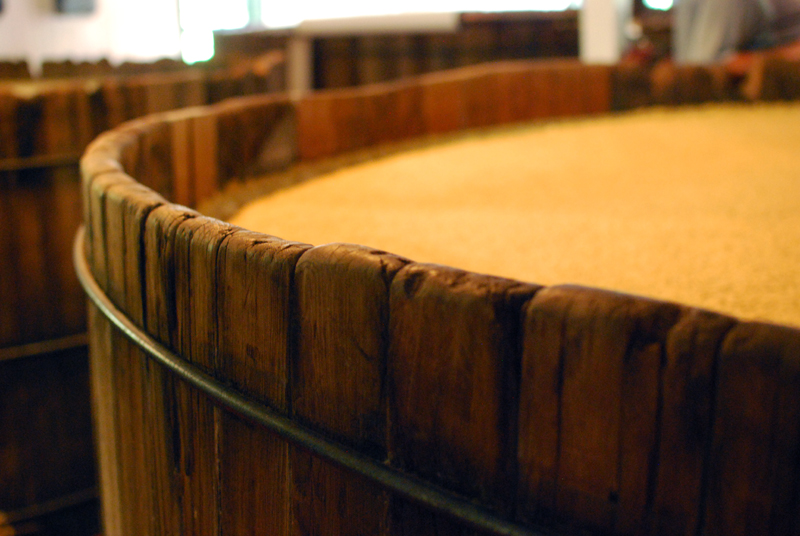
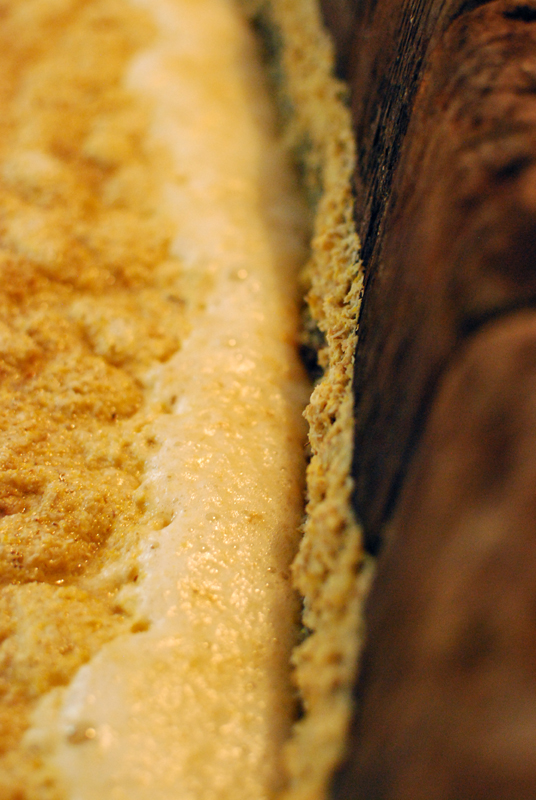



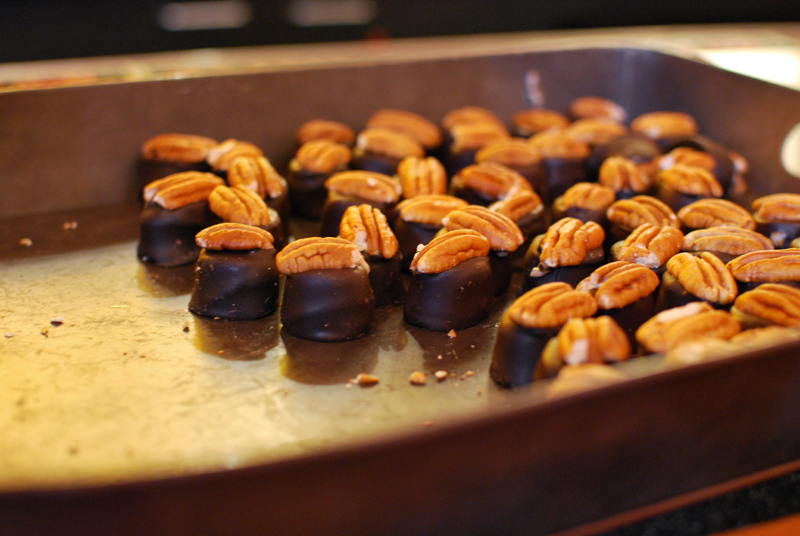
Lovely article, culinary educational and full of fantastic photos. Looking forward for the second part!